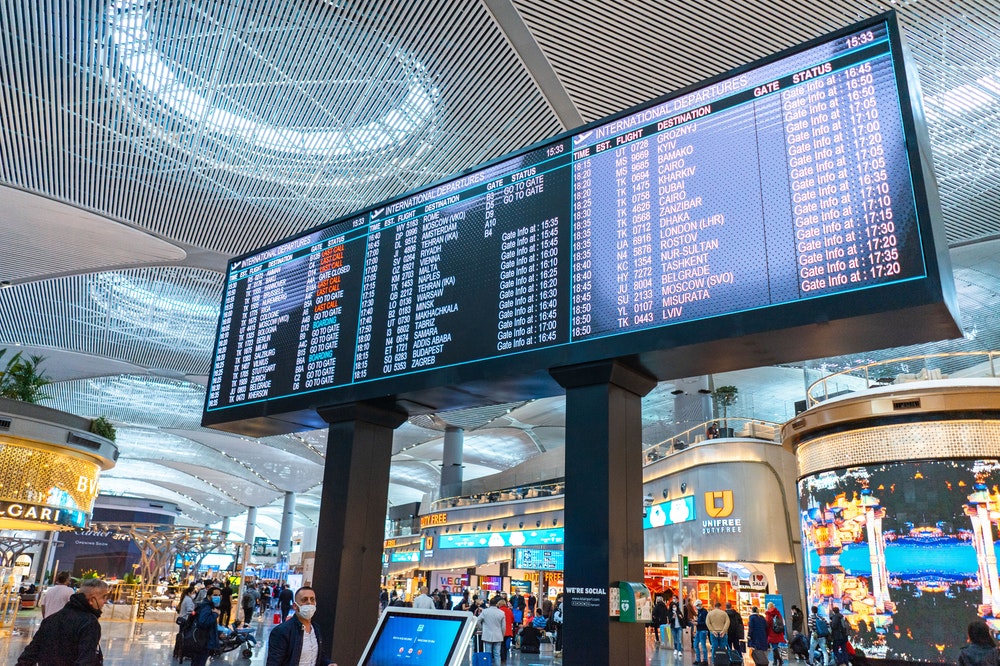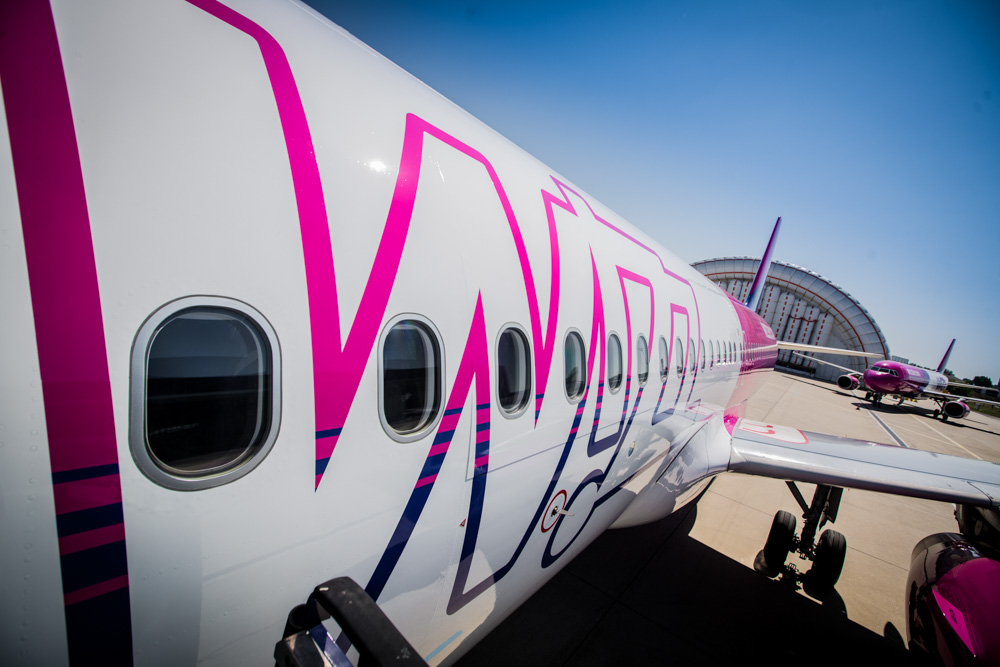What is a self-transfer flight?
What are your rights on self-transfer flights?
A self-transfer flight is a type of flight itinerary in which the traveller is responsible for managing their own connections between multiple flights, often with different airlines. Unlike traditional connecting flights booked under a single ticket, self-transfer flights require passengers to handle the transfer procedures themselves.
In this blog post, we’ll break down everything you need to know about self-transfer flights. You’ll learn how to identify them, their pros and cons, and tips to make your travel safer and more efficient.
Check your compensation online.
What Is a Self-Transfer Flight?
A self-transfer flight is when you, the traveller, are responsible for the connection.
For example, imagine you book a flight from New York to London with Airline A and then another flight from London to Paris with Airline B. These two flights are not under a single booking, meaning it’s your job to collect your baggage and check in for the next flight.
Having a self-transfer flight involves more responsibility but can offer greater flexibility and potentially lower costs.
How Do You Know If Your Flight Is a Self-Transfer?
Here are a few ways to identify a self-transfer flight:
You Made Several Bookings
This is the most obvious way to tell that you have a self-transfer flight.
If you booked several flights, you are having a self-transfer.
Separate Booking Numbers
If you have separate booking numbers or itineraries for each leg of your trip, you’re likely on a self-transfer flight. This means different airlines will handle each segment of your journey.
Maybe, you booked a flight through Kiwi or Skyscanner.
It was a single reservation.
But – if there are two or more booking numbers, and with every one of those you can see only information about one flight (when trying to manage a flight online on the airline’s website), these are separate flights – it’s a self-transfer.
Flight booking websites usually tell you this before you make a booking.
Different Airlines
If your itinerary involves different airlines there is a chance you have a self-transfer flight.
Especially, if you booked that flight not from the airline but from a flight booking website.
Try to look up the flight on the websites of these airlines. If you can’t see both flights on any of the websites then it’s a self-transfer. In this case, on every one of those websites, you’ll see information only about that one flight with that one airline.
When in doubt, contact the company you bought the flight from.
Different Airports
It’s 99% that you have a self-transfer.
Regular connecting flights extremely rarely include a transfer between airports.
Check your compensation online.

Is Self-Transfer Safe, and How To Make it Safer?
While self-transfer flights can be safe, they come with risks.
Here’s how to make those risks smaller.
Allow Extra Time
Adding extra time between your flights can prevent issues if there are delays.
Aim for at least three or four hours between flights to account for unforeseen circumstances such as long customs lines.
It’s better to have more time if you’re travelling with checked baggage.
Research Airports
Familiarize yourself with the airports where you’ll be transferring.
Knowing the layout, terminal distances, and available services can save valuable time and reduce stress during your layover.
Or, just be super efficient upon landing – and head straight for the next flight.
Purchase Travel Insurance
Travel insurance can offer peace of mind.
If you miss a connection due to unforeseen delays, your insurance might cover the costs of rebooking flights, accommodation, or other expenses.
Advantages and Disadvantages of Self-Transfer Flights
Self-transfer flights can be both a blessing and a curse.
Here’s what you need to consider:
Advantages
- Cost savings. Often, booking separate flights can be cheaper than booking a single connecting flight. Sometimes, the savings are significant.
- Flexibility. Self-transfer flights offer more flexibility in choosing departure times, airlines, and even layover cities. This can allow for short city visits during long layovers, and more choice in travel destinations.
- Variety of options. You’re not limited to one airline’s schedule or routes. This can be especially useful for reaching smaller or more remote destinations.
Disadvantages
- More responsibility. The burden of managing your connections falls entirely on you. Missed connections can lead to additional costs and stress.
- No airline support. With self-transfer flights, you typically don’t get any support in case of missing a flight due to delays or cancellations.
- Baggage handling. You will need to collect and recheck your baggage, which can be very time-consuming.

What Happens if You Miss Your Self-Transfer Flight?
Here’s a simple step-by-step guide:
1. Rebook Flights
Visit the customer service desk of the airline you missed.
They may offer to rebook you on the next available flight.
Mostly, though, you’ll have to pay a full price.
At the last minute, it can be very expensive.
2. Seek Accommodation
If rebooking isn’t possible on the same day, arrange for accommodation.
Many airports have nearby hotels offering day rates for stranded travellers. Again, you won’t get any help from any of the airlines with this.
3. Stay Calm
Keep calm and assess your options.
Stress can complicate the situation, so take a deep breath and proceed systematically.
4. Know Your Rights
Don’t forget that while your connection isn’t protected, you still have rights as a passenger for every flight separately. If your flight is delayed or cancelled, often you have a right to flight compensation.
If you have to wait long at the airport, you have a right to care.
Make sure you know your rights and act accordingly (contact the airline if they aren’t contacting you). Refer to the guides linked below for more information on your rights.
Read more:
- Wizz Air Self-Transfer Flight Compensation
- Wizz Air — Ryanair Self-Transfer Flight: Who Is Going to Pay Compensation?
- Wizz Air Flight Delay Compensation
- Wizz Air Flight Cancellation Compensation
- Right to Care (from Wizz Air)
Featured photo from Pexels